Everyone who wants to visit Peru has Cusco on their bucket list if for no other reason than to visit the nearby Machu Picchu. There are a million good reasons to visit Cusco, but we’re going to assume you’re already familiar with most of them and won’t bother repeating those here. Instead, the focus of this article is to share with you the best travel advice that we collected from our 2 week stay in Cusco. With this inside information, you’re certain to have a fantastic vacation without overpaying for the most popular activities like most tourists do.
Our Perspectives on Cusco
Overall, we both agree that we had a delightful time in Cusco, but it is safe to say that our perceptions of the city were quite different upon arrival. We knew to expect some things, but weren’t expecting others and there were also plenty of surprises waiting for us as well. We hope that our following stories will help give you a better idea of what to expect.
He Said About Cusco
I was shocked as we flew into Cusco. First, I was pleasantly surprised by the gorgeous mountain scenery surrounding the city and likewise fascinated by the narrow winding roads leading up these same mountains to a single farm house sitting on the peak. As we then made our final descent into the city, I was taken aback by the seemingly ruined condition of 95% of the houses and buildings. Needless to say, that wasn’t at all what I was expecting. After only a few days, however, I quickly became accustomed to the architectural style as well as the local way of life and then I really felt at home. Today when I think about Cusco, I remember delicious food from San Pedro Market, the cold air and warm sun on my skin, the breathtaking scenery and, of course, a few guys who tried to scam us (but we’ll get to them later).
She Said About Cusco
Before flying to Cusco, I was really scared of not being able to acclimate to the altitude of 3,339 meters. Then we arrived and I felt pretty good. I thought I wouldn’t suffer from altitude sickness, but I was highly mistaken. After a short nap in our hotel room, I woke up really dizzy with a bad headache. Breathing turned out to be pretty hard whenever we walked. Yay, what a fantastic start! On top of that, we booked a hotel outside of the city center, meaning it was high up on a mountain that we had to climb every time we came back from the center. To sum up, the beginning was pretty hard, but in the end, I ended up really liking Cusco. The city center is beautiful, as they take really good care of it, and I loved the San Pedro market where you could eat local food for local prices. So delicious!
Table of Contents
Tips & Tricks
You really shouldn’t visit Cusco without first reading our tips and tricks. We say this because we picked up on a few things that the top blogs didn’t really mention. In the upcoming sections, we’re going to cover transportation, things to do, where to stay, where to eat (and what) and the prices you should be paying for each.
Transportation in Cusco
We’re starting with transportation tips because this is the first thing you’ll need when your plane or bus arrives in Cusco. From the moment you step out of the airport or bus, you can expect to be mobbed by at least 20 taxi drivers. Given the way the city is built, you will most likely need a taxi at least once, but you should never pay the price those drivers are quoting you. We learned that the correct price for a taxi between the airport and the city is 10 Soles and you should never pay more than 15 Soles. The price for a taxi between the bus station and anywhere in the city should also only be 10 Soles. When you do get solicited by a taxi driver, he will most likely tell you it costs 30 Soles because he’s recognized you as a naive tourist. Just tell him you’ll pay 10 or that you only have 10. If he prefers someone he can rip off, then he’ll leave you alone. It won’t take long before you find a taxi driver who will accept the correct price of 10 Soles. As with many places in South America, you’ll need to negotiate to get a fair price. Important: tipping taxi drivers is not customary in Peru. The price you agree on is the final price. Most taxi drivers are self-employed and might only share a phone operator for call-ins, meaning 99% of the fare price stays in their own pockets.
Is it safe to take the bus in Cusco?
We never tried taking the bus in Cusco, so we can’t say from personal experience if this is a safe transportation option or not. Most of the information we read before visiting stated that tourists are not particularly safe on public buses, especially if they have all of their luggage with them. We can confirm that the buses are packed full of people, which means it would be easy for a pickpocket to rob you without you even knowing. If you do decide to take the bus, then you can expect a fare price of about 80 cents (in Peruvian Soles). That’s super cheap! It’s definitely up to you, but we were perfectly content just walking everywhere.
Should I rent a car in Peru?
Definitely not. In our opinion, there is no good reason to rent a car in Peru. While some of the highways are in excellent condition, the roads taking you to places like Machu Picchu (not actually accessible by road) are not safe for tourists who aren’t familiar with their poor condition or how to properly drive on them. The same applies to driving in the cities. The city roads aren’t always in bad condition, but the locals drive by their own rules and we’ve witnessed multiple situations where this would have caused accidents with foreign drivers. Considering you can get to Machu Picchu for only $7.50 and other top sights for similar rates, we strongly suggest just sticking to local transportation options.
Accommodation in Cusco

Don’t make the same mistake we did and stay outside of the city center to save a few bucks. In this case, it is absolutely not worth it and that is due to a few reasons:
- The city center is surrounded by very poor areas making it a little less safe, even though nothing ever happened to us and we never felt threatened
- You’re pretty far from everything like supermarkets, sights and the San Pedro market
- Anything outside of the city center is in the mountains surrounding Cusco, so you will have to take very steep roads or stairs to get to your hotel or AirBnB.
All of this might not sound too bad, but the altitude will get to you unless you’re really used to being high up in the mountains. So, you should avoid walking too much during the first few days. We highly recommend staying in the city center. There are a few places that are just as cheap as those outside of the city center.
We highly recommend staying at the Pachamama Hostel for the following reasons:
- Only 2 minutes from the San Pedro market for the best and cheapest food in town
- Only 2 minutes from one of the bigger supermarkets (Orion) where you can buy food to cook in the hostel
- Only 5 minutes from all the main squares
- Only a short 15 minute ride to and from the airport for 10 Soles
- Free breakfast
- Good WiFi
3 Things You Need to Know About Peruvian Food
When it comes to Peruvian food, there are three important things to note:
- Peruvian food is delicious. In fact, Peru was recently awarded as the best culinary destination in the world for the 8th year in a row. Therefore, you can’t visit Peru without sampling the local fare.
- You should be careful when eating meat. Our local tour guide warned us about consuming meat in Peru because it is often stored in outside areas and can collect bacteria that foreign stomachs can’t handle very well. He did say that you should probably be okay after you’ve acclimated to the altitude for a few days, but we didn’t risk it and were still in food heaven with the vegetarian options.
- Tourist hubs such as Cusco have so many restaurants that you will feel overwhelmed by choices. The good news is that most of these are actually tourist traps. How is that good news? Simple: That makes it so much easier to decide where to eat. In fact, we’ve got the 4 best places for you to eat coming up in the next section.
4 Best Places to Eat in Cusco
- San Pedro Market The absolute best place to eat in Cusco is at the San Pedro market. The San Pedro market is the center of all local trade in the city and a huge section of the facility is dedicated to serving up delicious local specialties. You will undoubtedly feel spoiled for choice, especially since the food stands are grouped together based on what they are serving. That means that you will have 10 food stands right next to each other who are serving the exact same things. So how do you pick the right one? Easy. Find the stand with the most locals. If you’re going to be in town for a few days, then be sure to try out some different stands. We ate here almost every day we were in Cusco and even loved eating some of the same dishes two days in a row.


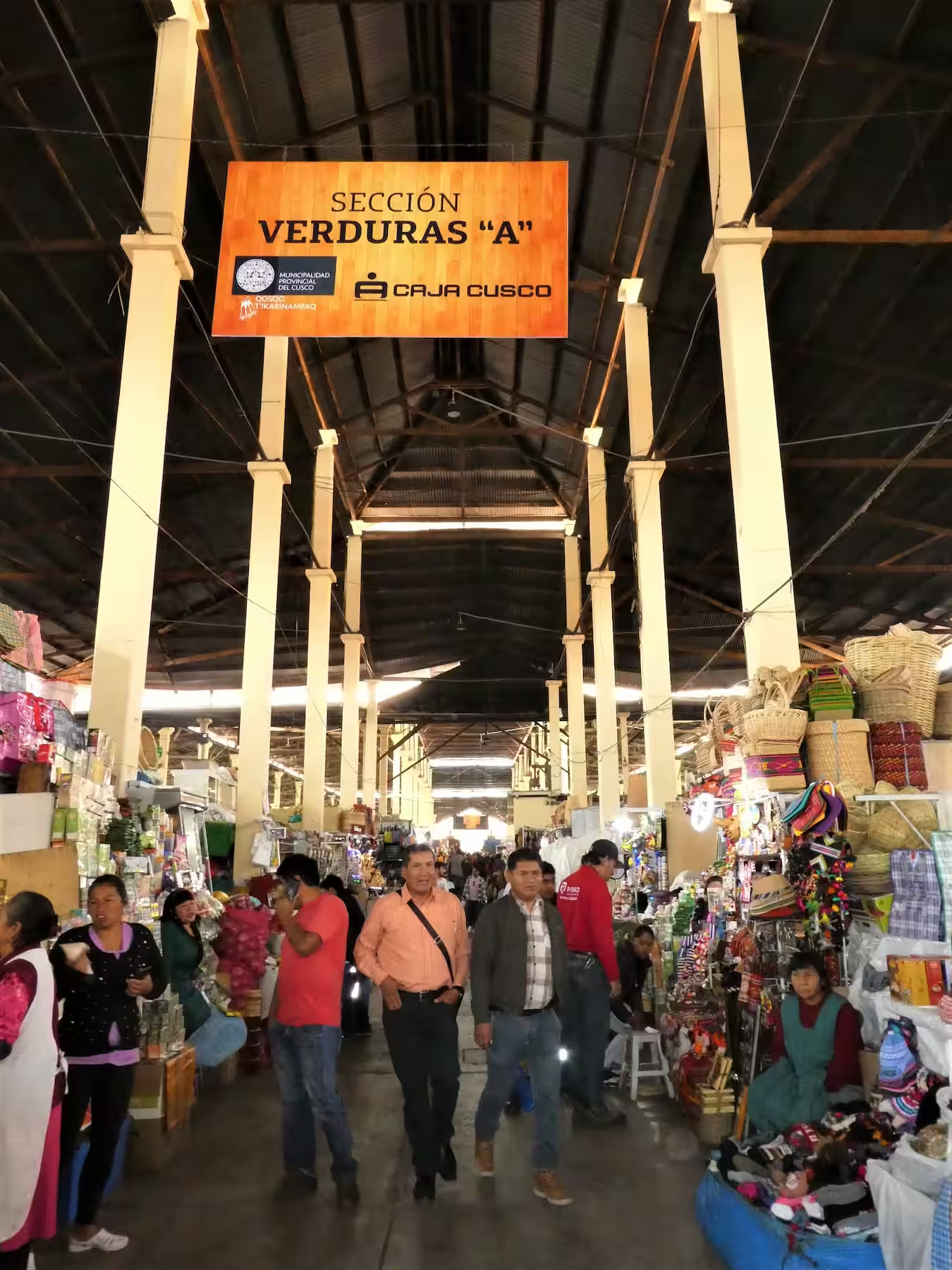
Oh yeah, and an entire meal only costs you 5 Soles (around $3). Depending on which stand you go to, that usually includes a soup, a main and a mate tea. We were stuffed after every meal. Not only is this the cheapest place to eat in Cusco, it’s also the most authentic and, of course, very tasty.
Chakruna Native Burgers
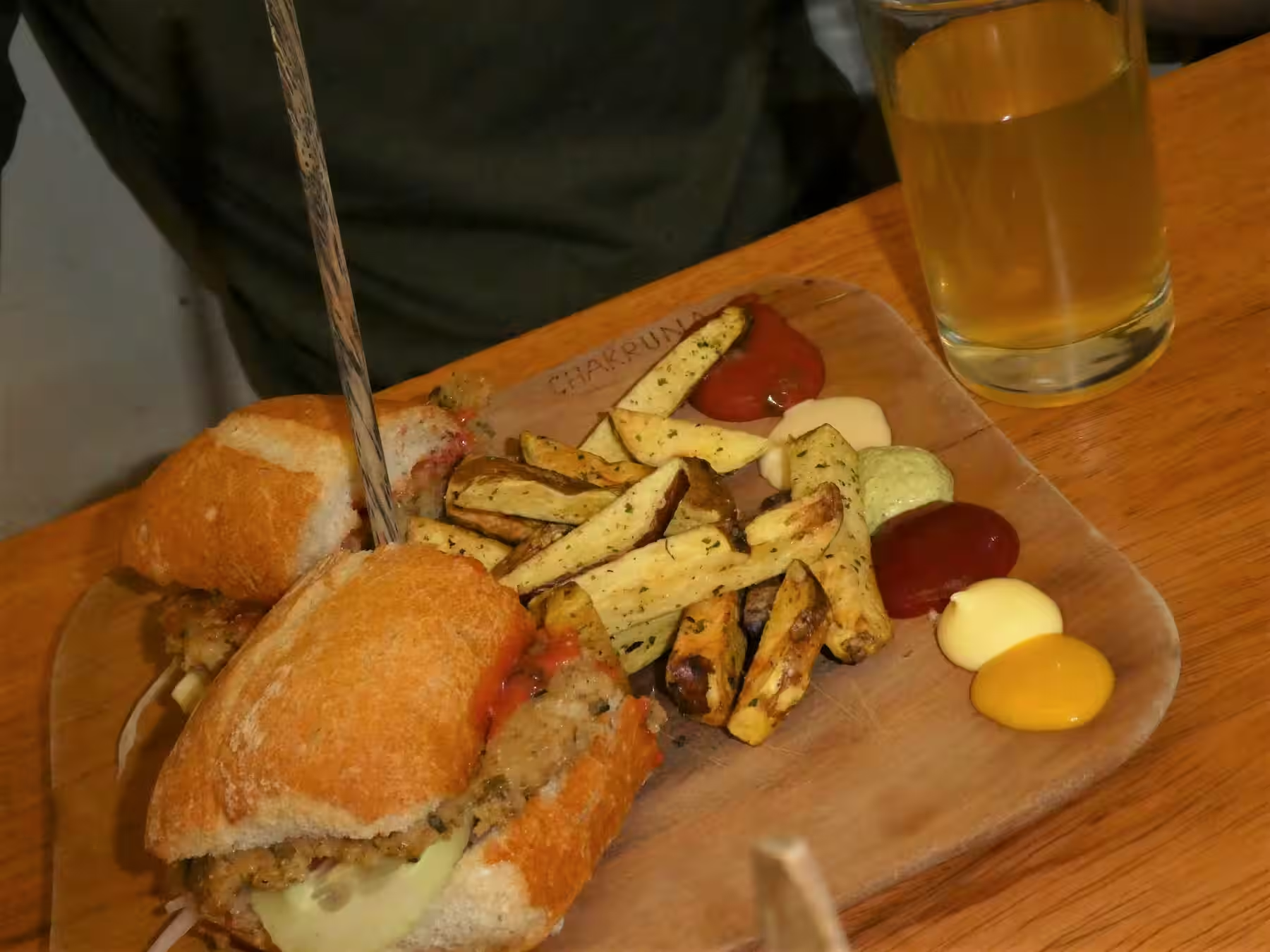
Although the burger isn’t a Peruvian specialty, burger lovers understand the pain of going too long without having one. If you’re just itching for a burger, then you’ve got to go to Chakruna Native Burgers. They have unique creations and delicious options for every dietary requirement (even vegans). Their prices are reasonable, the staff is friendly and obviously, the food is very tasty. There’s always a line here, so go early just to be on the safe side!
JC’s Café
This was the first restaurant we tried in Cusco and we’re glad we did. Not only is the food delicious, but the price/portion ratio is very fair and the service is super friendly. We can certainly recommend JC’s cafe for at least one of your meals while in Cusco. They do breakfast, lunch and dinner and usually have a promo deal as well.
Pizzeria Restaurant Imperial
One night, we were both really craving pizza. Luckily for us, the Pizzeria Restaurant Imperial was just down the street from our hostel. We each opted for a meal deal, consisting of a personal pizza, garlic bread with two sauces (a traditional Peruvian salsa and a hollandaise sauce) and a lemonade. Everything was made fresh right in front of us and baked in a wood fire oven. The family running it is friendly and their pizza was marvelous.

5 Free Things To Do in Cusco
- Cristo Blanco Statue If you look up even once while in Cusco, then you can’t miss spotting the large white statue of Jesus overlooking the city. As you may be able to imagine, he’s got a pretty good view from up there and you can enjoy it too. It’s not the simplest walk (so you can take a taxi if you want), but it is certainly an incredible overlook of the city and surrounding scenery. That’s why we highly recommend making the journey up to the statue on a sunny Cuscan afternoon.
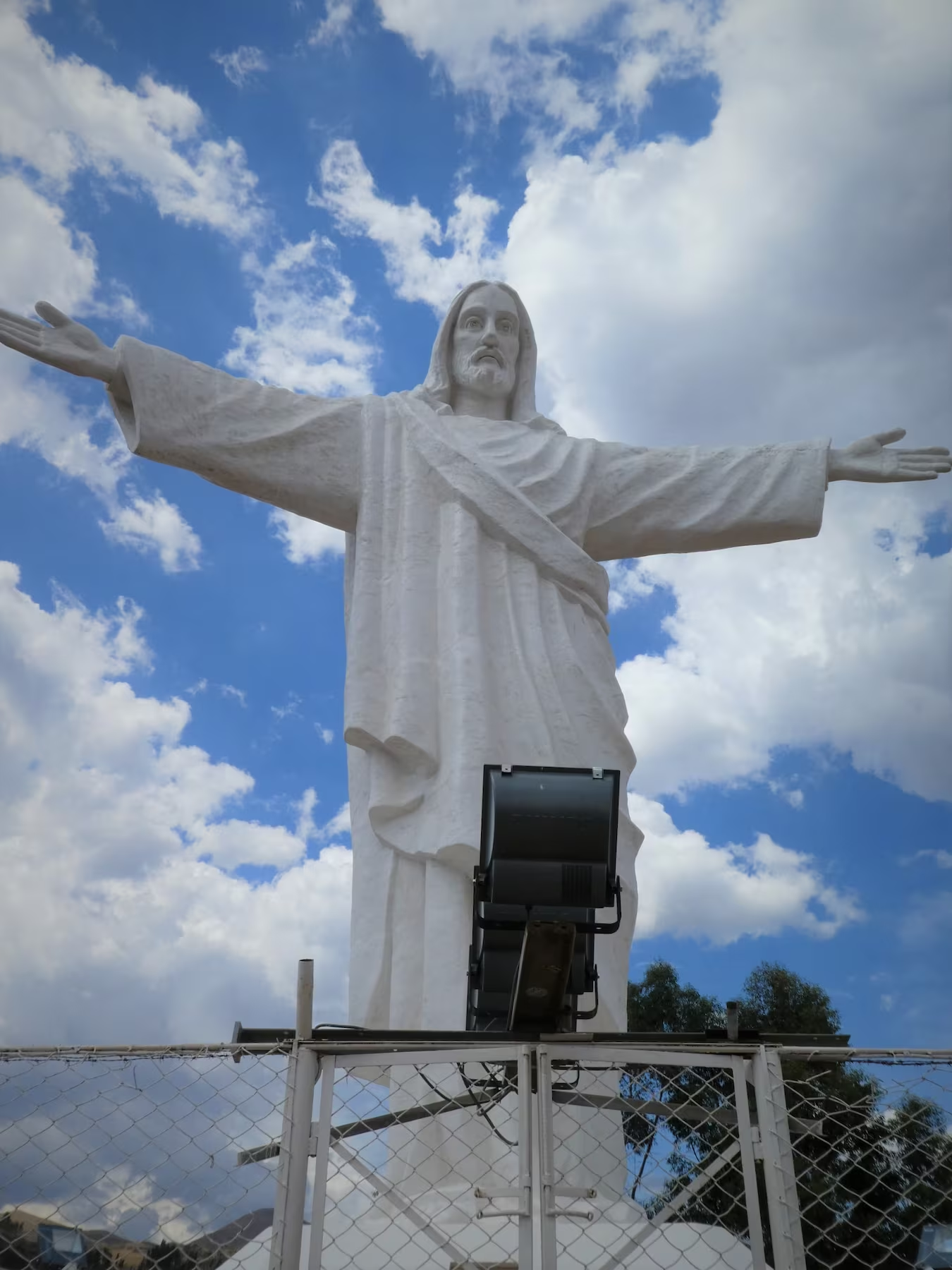

Saqsaywayman
This is normally a rather expensive archaeological site to visit, but there is a way to see it for free. Here’s how: If you’ve walked up to the Cristo Blanco statue, then you’re just a leisurely stroll away from a backdoor entrance into the Saqsaywayman ruins. Now, there are ticket takers at this entrance, but you can see the entire archaeological site from Cristo Blanco and on the walk over there because this area is even higher than the ruins themselves. In our opinion, it’s not worth the very expensive entry fee to walk within the Saqsaywayman archaeological site because you won’t have a clear overview of the layout and your views of the ruins are, therefore, much less spectacular.
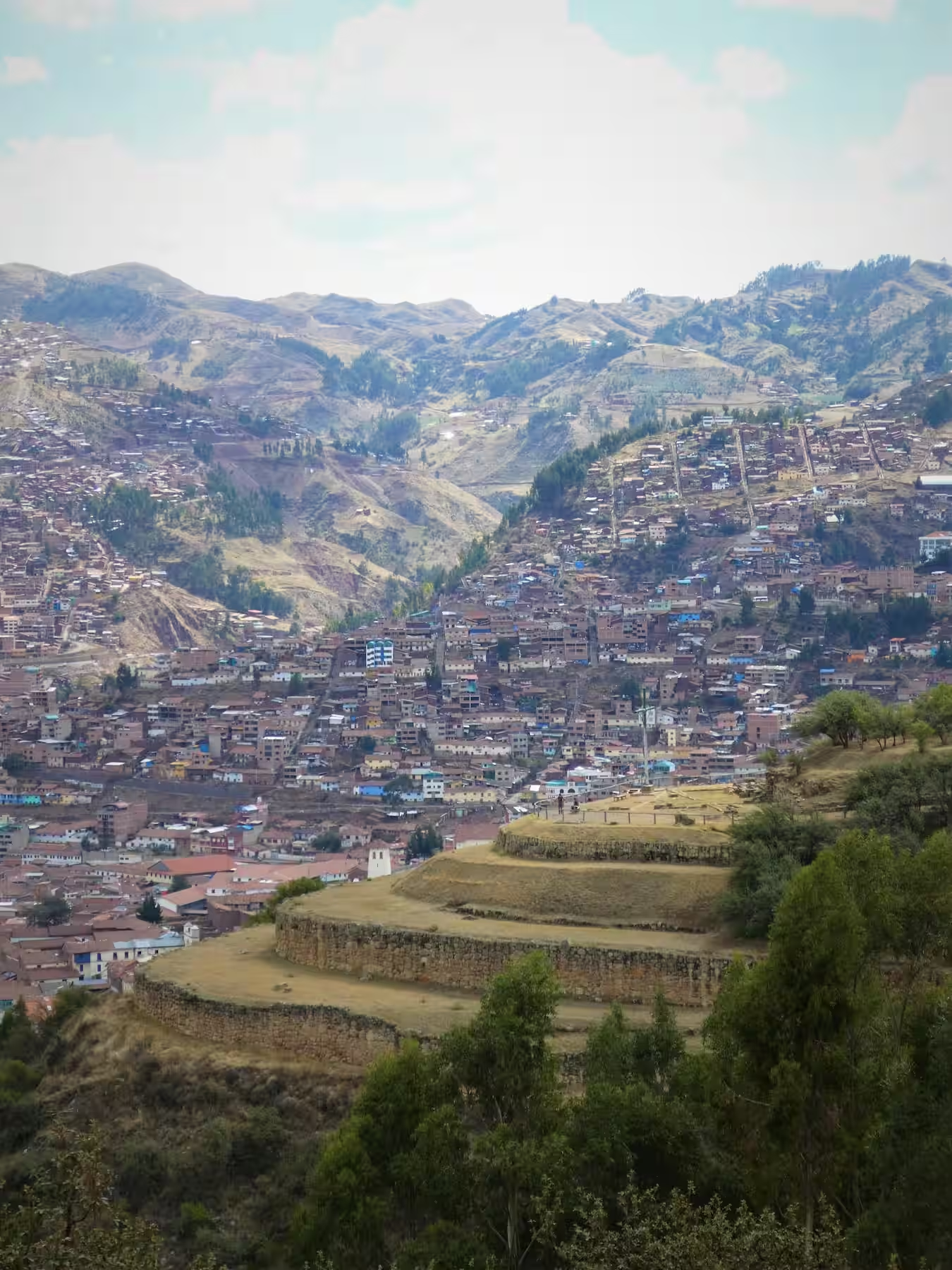

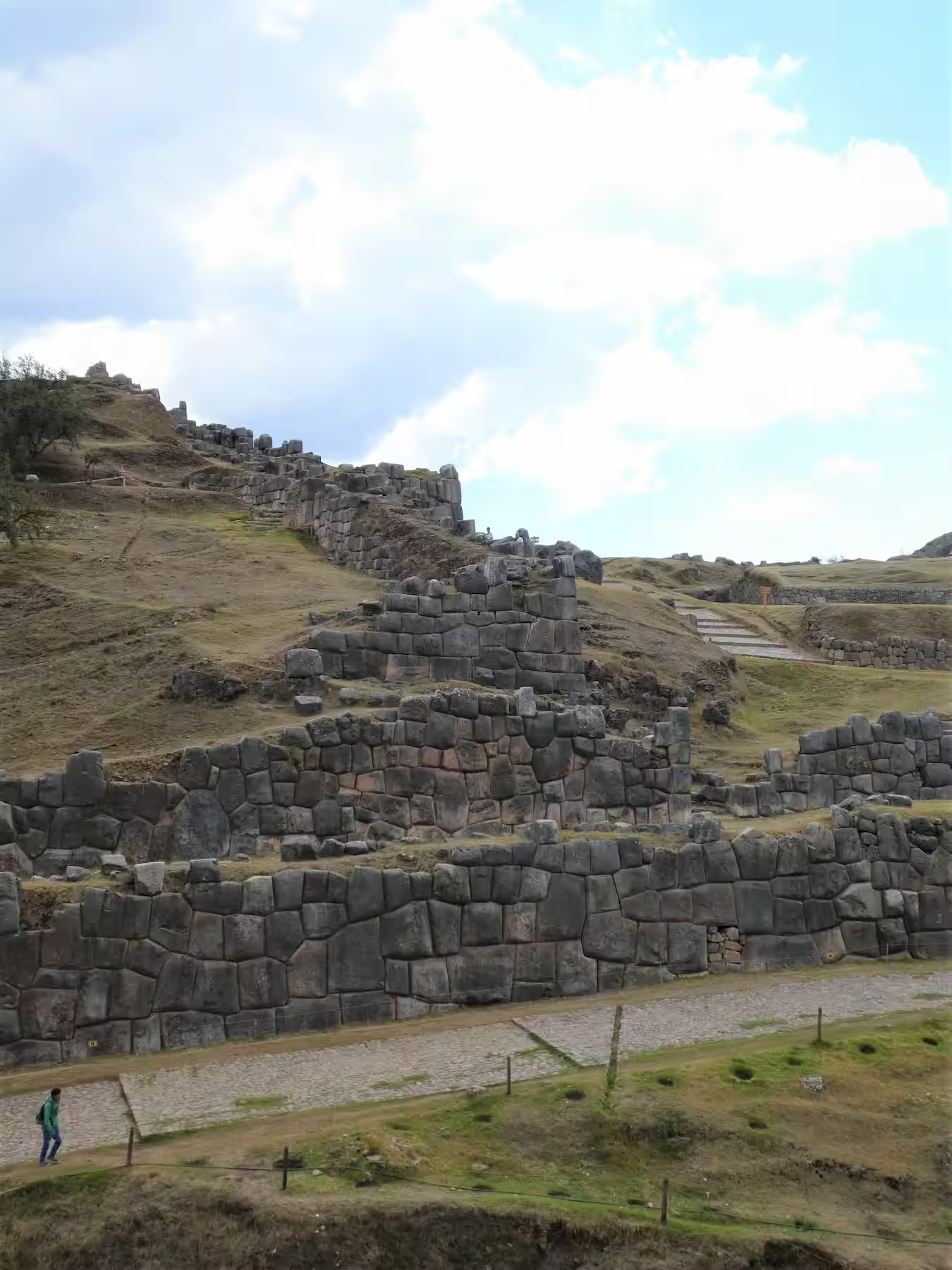
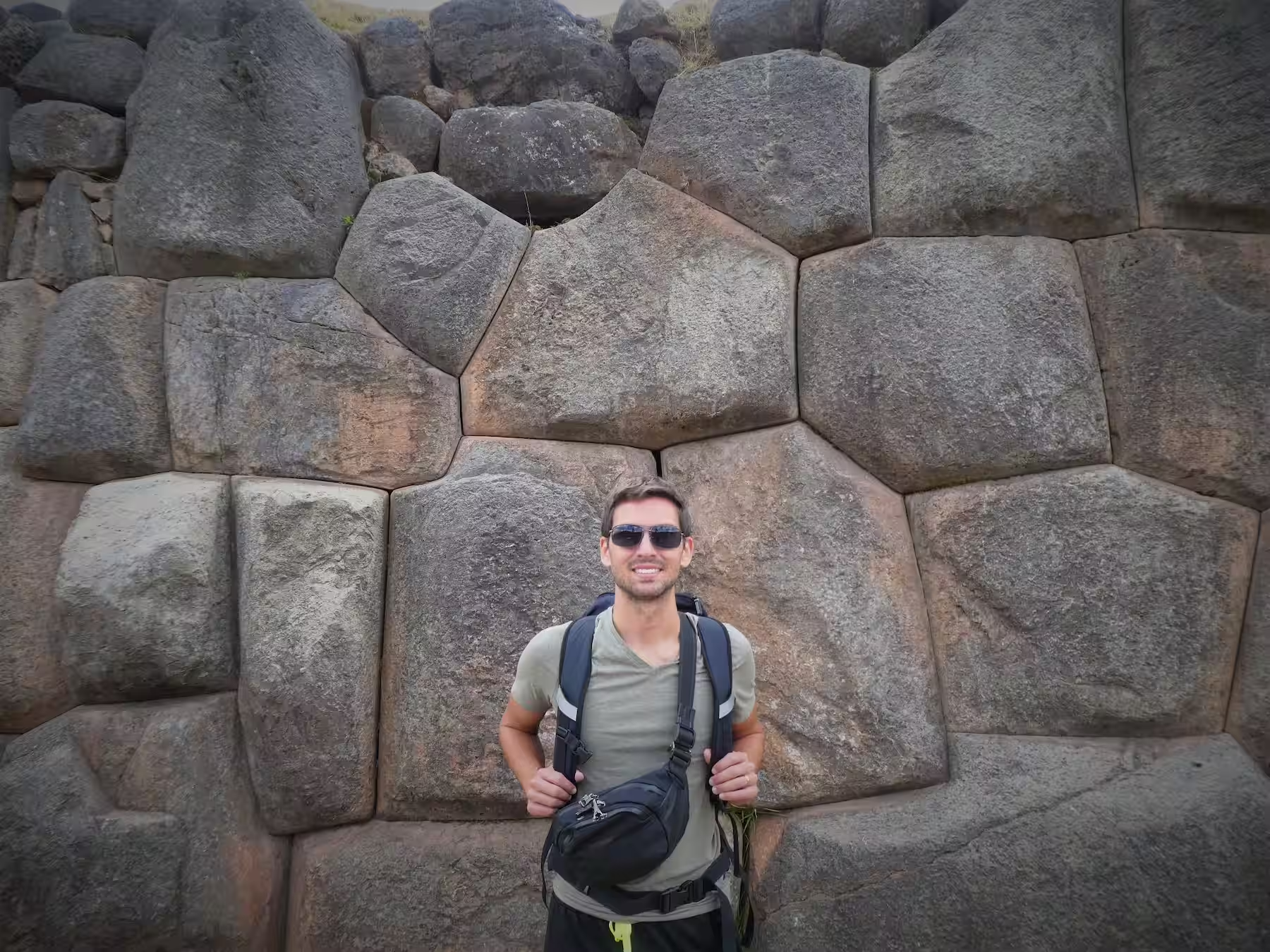
If you don’t want to go to the Cristo Blanco statue first, then there is a much easier path to get there (shown below in green), but you will still have to walk up toward the statue to have the overview you want. It is still easier than the hundreds of stairs on the path suggested by Google Maps.
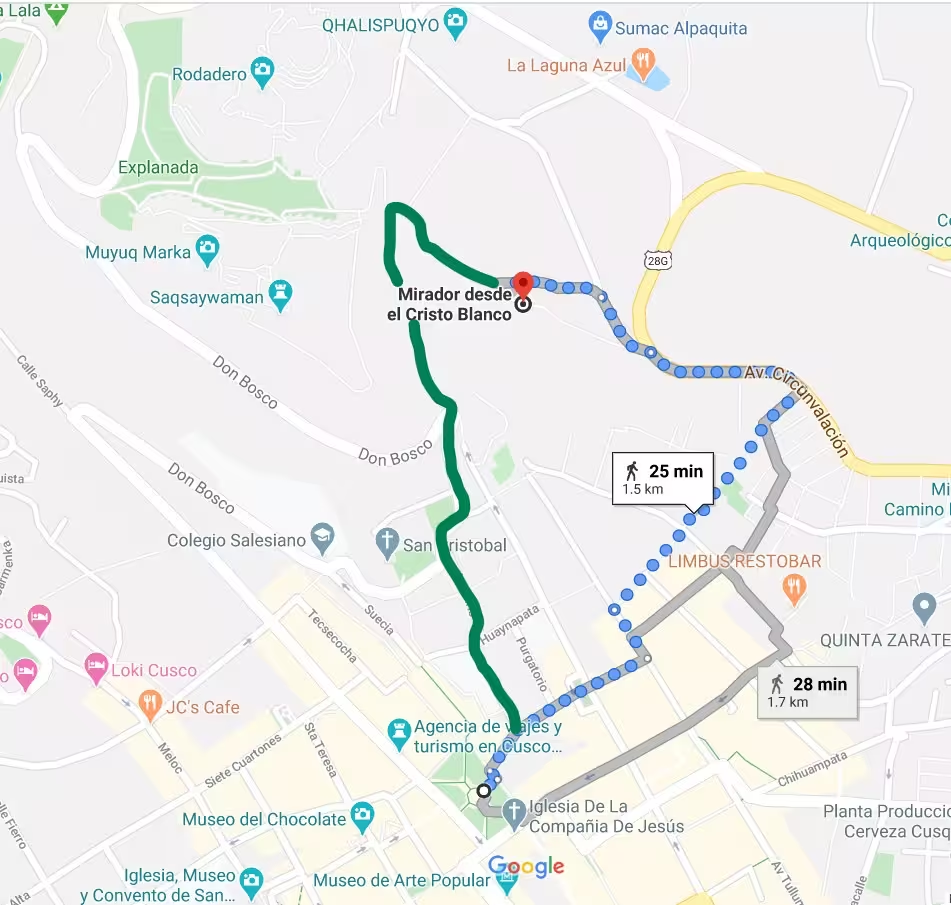
Relax in the Plaza de Armas
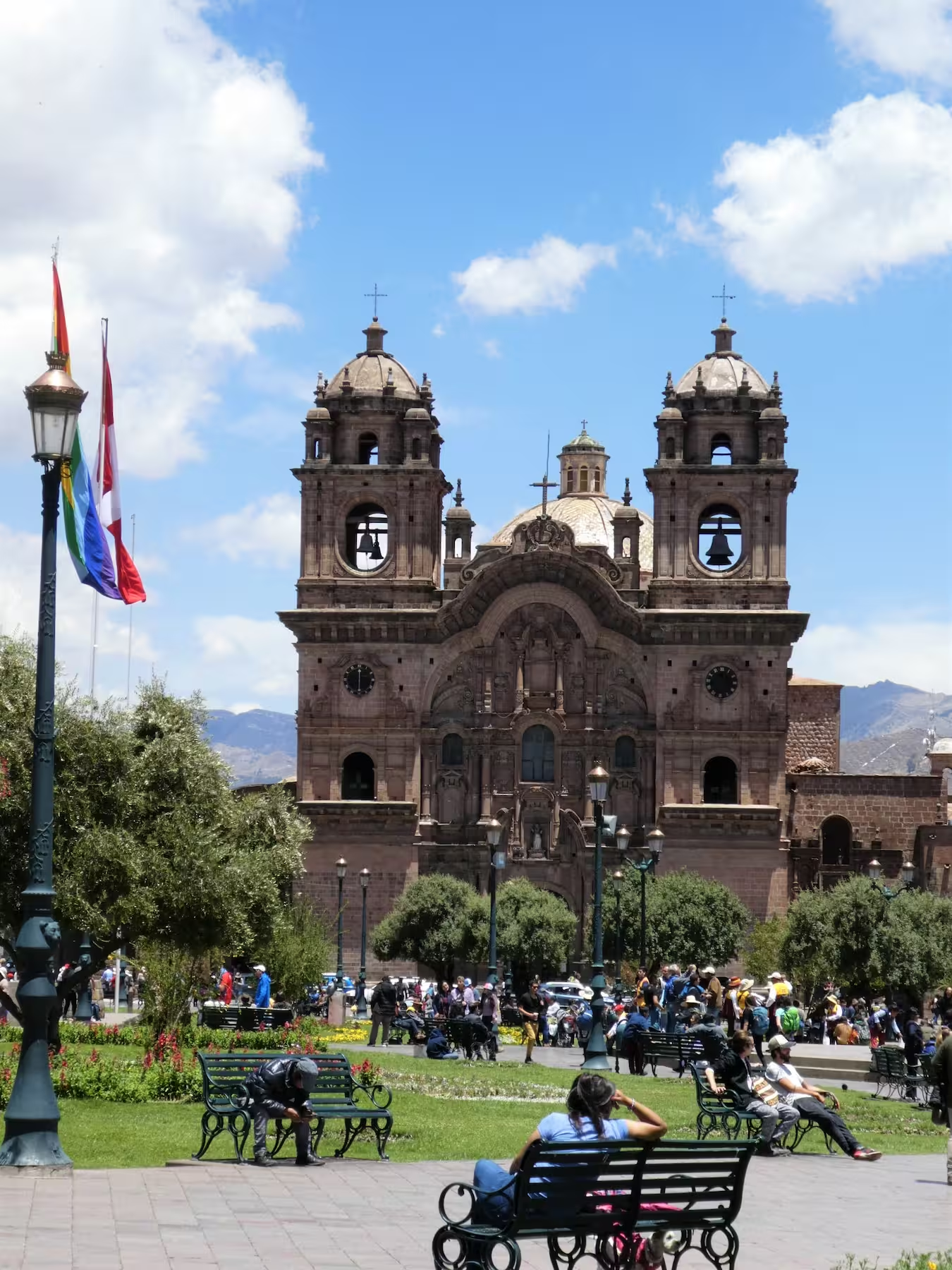
This may sound too simple, but it’s very peaceful to just find a bench and soak up the sun in the Plaza de Armas. We did this a time or two when we had an hour we didn’t know what to do with or when we just needed a break from all the sightseeing. From here, you can see the Saqsaywayman ruins, the Cristo Blanco statue, admire the historical city center and marvel at the surrounding mountains.
Take a Free Walking Tour
There is currently no Sandeman’s free walking tour in Peru, but there are a number of other companies who have essentially copied this model and offer free walking tours in Cusco. It’s important to understand the difference between these free tours and those offered by the reputable Sandeman’s company. Some of the reasons we love Sandeman’s tours is because they are always guided by locals who are passionate about their city’s history and culture, they are upfront and honest about the structure of the tour and they never try to pressure you into buying extras or donating more than you can afford. By now, you may be starting to get an idea of where we’re going with this.
We took the free tour offered by the Inca Milky Way group. We were generally very happy with the tour and agree that the tour guide was very knowledgeable, but we were very disappointed in how it ended. The tour guide ended the tour in a travel agency, where he tried to talk the group into purchasing very expensive souvenirs and other overpriced tours, he solicited 5-star TripAdvisor ratings in exchange for a llama key chain and worst of all, he told us how much money we should donate to him for the tour (big no no on free tours). We’ll explain this situation in more detail in another article.
Bottom line: Take a free tour in Cusco. It shouldn’t really matter which company you go with and it’s well worthwhile to learn about the history. Most importantly, do not let anyone pressure you into giving a bigger donation than you can afford or buying something that you don’t want.
Arco de Santa Ana
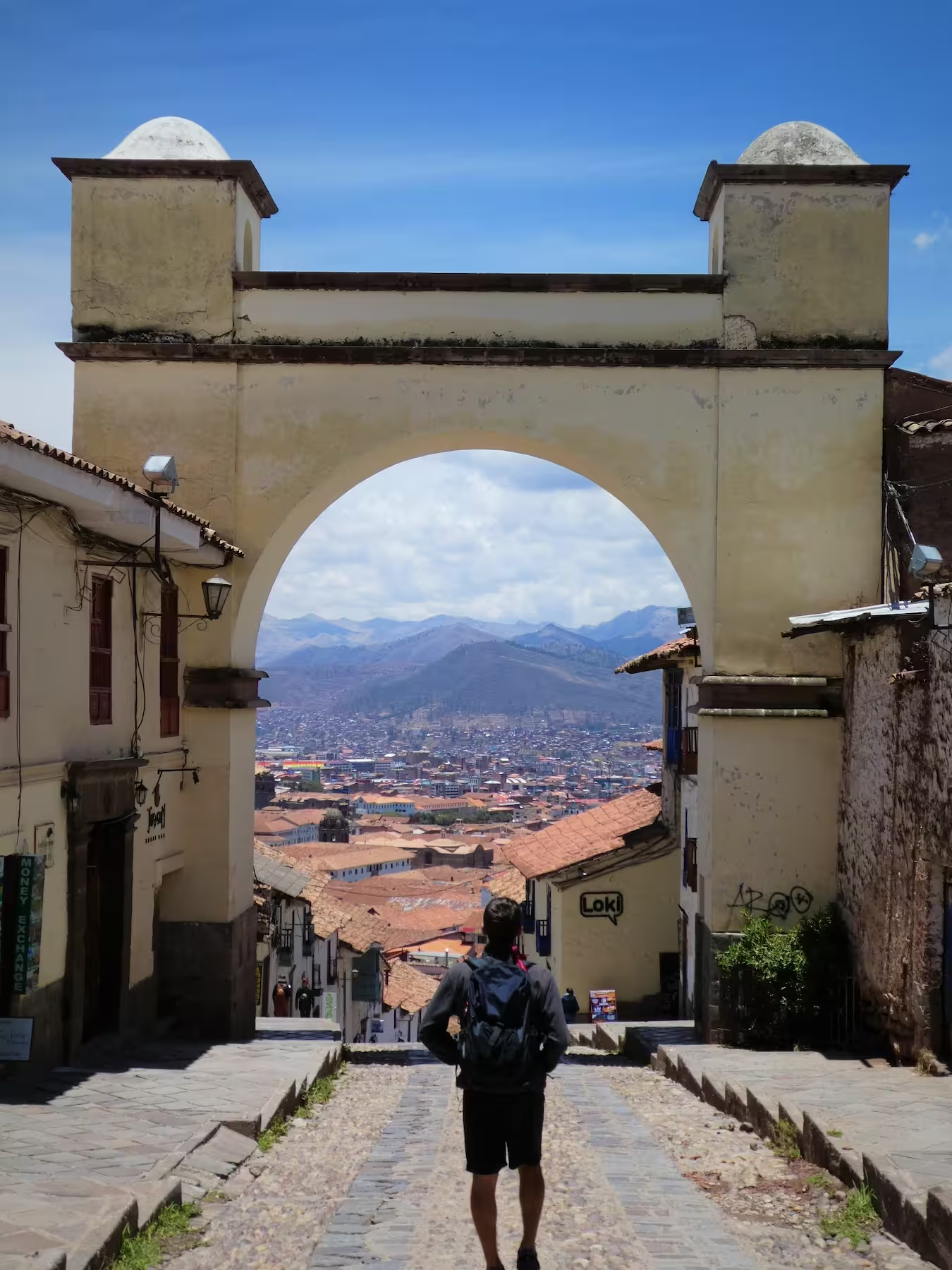
While in Cusco, you can’t miss out on the chance to walk up to the Arco de Santa Ana for that iconic shot of the city and surrounding mountains as viewed through the lens of the arc itself. Our first hotel was at least 500 meters past the arc, further up the hill. Once you go to the arc, you’ll understand why we regretted booking it.
Buying Your Machu Picchu Ticket
You’re probably in Cusco because you also want to go to Machu Picchu. Who doesn’t? We think you really shouldn’t miss seeing this beautiful historic landmark. Once you visit yourself, you will understand why it was named one of the wonders of the world.
Where and How to Buy your Ticket to Machu Picchu
You can buy the ticket at the official ticket office in the city center of Cusco. IMPORTANT: If you reserve it online, you only have 2 hours to go and collect your ticket before the reservation expires. You can pay by card or cash and the ticket costs $45 for an adult. You can also order your ticket online in the ticket office while you’re waiting in line.
SCAM ALERT: Do not buy your Machu Picchu tickets from any other third party. If ordering online, only order from the official government website that we provided. You must present your ID or passport at the ticket office in order to get your tickets. We met people who ordered their tickets from a third party online and never received them because they did not know about this rule. They were forced to buy their tickets again from the official office in order to see Machu Picchu.
3 Ways to Get to Machu Picchu
There are three ways to get to Machu Picchu. However, there are NO roads that go to the village of Machu Picchu (Aguas Calientes), so you cannot drive there yourself. Here are your options:
- Take the train, which is probably the simplest and most boring option, as you’ll have an easy yet not very scenic 2-hour ride from Cusco to Aguas Calientes. However, you will have to pay at least $150 per person to get to and from Aguas Calientes, unless you’re able to find a discounted price.
- Hike the famous Inca trail for 3 nights and 4 days. Here, you will enjoy the best possible views and be very close to nature. However, taking this trail costs around $500 per person as you must go with a guide.
- You want scenic views, hike an Inca trail, get there within one day, but don’t have much money? Then this third option is the best one for you, as it was for us. Take the bus for 5 hours from Cusco to Hidroelectrica and only pay $7.50. On the bus ride, you will have the most scenic views of the Andes! Hidroelectrica is the closest accessible place by road to Aguas Calientes and Machu Picchu. From Hidroelectrica, it is a 3 hour, 10 km hike to Aguas Calientes. This trail is actually an old Inca trail that goes alongside the train tracks connecting the hidroelectric plant with Aguas Calientes. It is super easy to hike, as there are no ups and downs. If you want to know more about this option, read our article on how to get to Machu Picchu.
Day Trips from Cusco
There are numerous day trips that you can take from Cusco that won’t require you to make special sleeping arrangements somewhere else. For example, you can visit Machu Picchu in a day (if you take the expensive route), you can go to Ollantaytambo, an ancient Incan city where the Incas actually defeated the Spanish in a battle, or you can go to Pisac and Moray (often combined in a single package). Before you book anything, you should inform yourself about the various entry fees. If you’re planning on going to multiple sites, then it would be worthwhile to get a pass that grants access to all of the sites you want to visit. This is usually cheaper than paying the individual entry fees, but you also need to check the validity period. Some passes only give you access for one day and it’s impossible to visit all of the sites in a single day. A very popular day trip from Cusco is the Rainbow Mountain, which we will talk about next.
Rainbow Mountain – Top or Flop?
Likely the most popular day trip that anyone takes from Cusco is the Rainbow Mountain tour. In fact, it’s become so iconic that it almost feels just as obligatory to visit Rainbow Mountain as Machu Picchu. But does it really live up to the hype?
We’ve read tons of first-hand accounts and spoken to countless travelers who visited Rainbow Mountain and the reviews are very mixed. Some people will tell you that it’s better than Machu Picchu, others will tell you it’s a huge waste of time; some say it was a good experience and some even say it was the worst thing they’ve ever done in their lives. So what’s the deal? Is it really just a matter of personal opinion? We think it’s a little more than that, so here are the facts:
- Trips to Rainbow Mountain are completely unregulated. There is absolutely no government oversight, meaning the tour guides are just some guys doing whatever they want, however they want.
- The hike is approx. 7-8 km at a very steep incline.
- The trail is not maintained. There are also many people just walking wherever they want, instead of sticking to the main trail, which is destroying the natural environment there.
- The altitude is even higher than in Cusco (5,200 meters). Many people get sick hiking to Rainbow Mountain because the hike is very taxing and there is less oxygen in the air.
- The weather changes constantly and unpredictably. You could have clear sunny skies one minute and snow and rain the next.
- The trail gets very muddy and slick when it rains, causing dangerous hiking conditions.
- The guides will often rush you up and rush you down, not giving you a chance to catch your breath or even enjoy the scenery.
- The colors you see on posters and ads are heavily photoshopped 99% of the time. The actual colors seem to differ based on weather conditions. Some describe them as various shades of brown, while others say they saw many different colors.
- There are sometimes hundreds of people on the trail at any one time, so the likelihood of getting a picture of only you and the mountain is very low.
It seems that all of the above mentioned facts are perceived differently by each individual person. Some people have no problem with rough hiking conditions, for example. Some were fortunate enough to have a full day of sun, while others were unlucky and spent hours trudging through mud and cold rain, only to have their view blocked by fog. After reading all of the stories and speaking with fellow travelers, we made the decision not to go. Therefore, we cannot provide our own first-hand accounts of Rainbow Mountain. If you do decide to go, please make sure you are physically fit enough to handle the trek and be sure you are properly prepared. Bring clothing and gear for any weather condition, plenty of water and coca bonbons to help with altitude sickness.
Have you visited Rainbow Mountain? What was your experience like? Let us know in the comments!
General Tips & Tricks for Cusco
If you don’t follow any of our other advice from this article, then please at least note these general tips for Cusco.
- Plan extra days in Cusco to get used to the altitude. Many people overestimate their ability to adjust to the altitude and end up with a bad case of altitude sickness. Don’t let your pride cometh before the fall; “the fall” being you fainting because you think you’re tougher than the altitude.
- Avoid greasy and fatty foods at least for the first day. A sudden altitude change and heavy foods are a bad combination for your stomach. No matter how delicious that cheeseburger looks, it’s better to save it for day 2 or 3 after you’ve acclimated.
- Mate tea and coca bonbons are your friends. If you are feeling a bit woozy, mate tea and coca are great for easing your stomach and headache. These products are cheap and found everywhere.
- It is always cold in Cusco. Sunny days are very pleasant, but prepare for cold temperatures, especially in your accommodations.
- If you buy a souvenir or book a tour, negotiate! The first quote you will get when buying souvenirs comes with a minimum 30% markup. Tour operators can be even worse and will often quote you a price that is double what they are willing to accept. Before we found our great deal on a bus to Machu Picchu, we were quoted double the price by another tour operator for the exact same trip, and that was including his “generous” discount!
- Don’t let anyone pressure you into buying something or paying more for something than you really want to pay. Regardless of what it is, know your price and stand your ground. People trying to rip you off will take advantage of your kindness and make you feel obligated to accept their price. You don’t have to be rude, but you also don’t have to accept something you aren’t happy with.
- Learn some basic Spanish! Spanish is a must in Peru, as many of the people you will interact with do not speak English. This is especially important when visiting the San Pedro Market and you don’t want to miss out on that!
Do you have any more tips for Cusco that we failed to mention? Leave a comment and tell us all about them!
General Information & Historical Fun Facts

In the Quechua language, the language of the Quechua people (otherwise colloquially known as Incans), the word Cusco means “Navel”, as in “belly button.” The reason behind the name is simple. At the height of the Incan empire, Cusco was located at the very center of the entire civilization, which is why the “belly button” city was chosen as the capitol. At the time, the empire stretched from modern day Colombia to Chile, covering the entire Andes mountain range. Another fact that most people do not know about Incans is that the term “Inca” only referred to the ruling class and not the citizens of the Incan civilization. The confusion started when the Spaniards arrived in South America and were introduced to a leader who called himself “Inca.” The Spaniards misunderstood him to mean that he and his people are called Incans.
Book Your Trip to Cusco
Please accept cookies and reload the page to use our booking tool. 🙂
Did you know? You can support us for free when you book an accommodation through our booking forms and links.
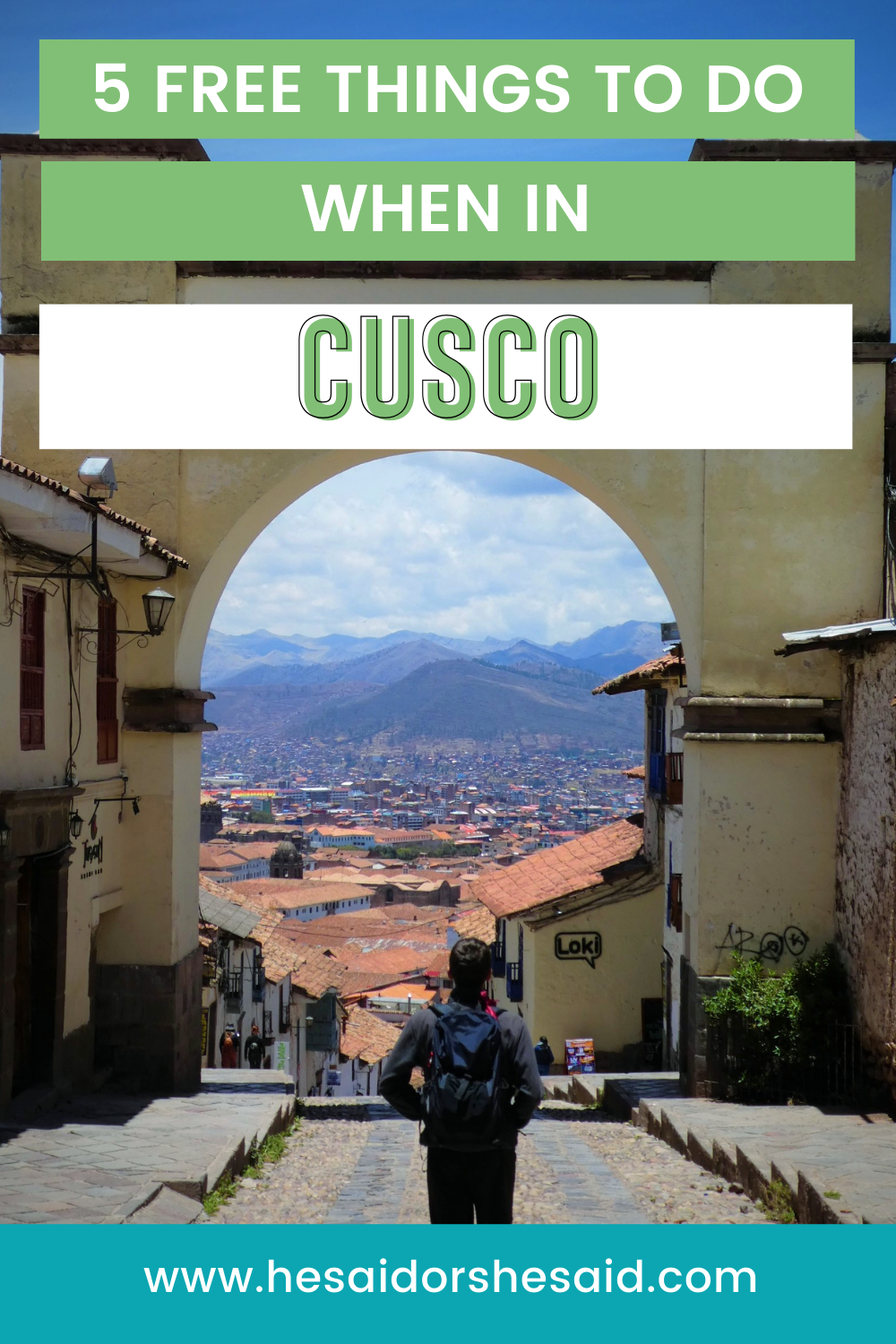
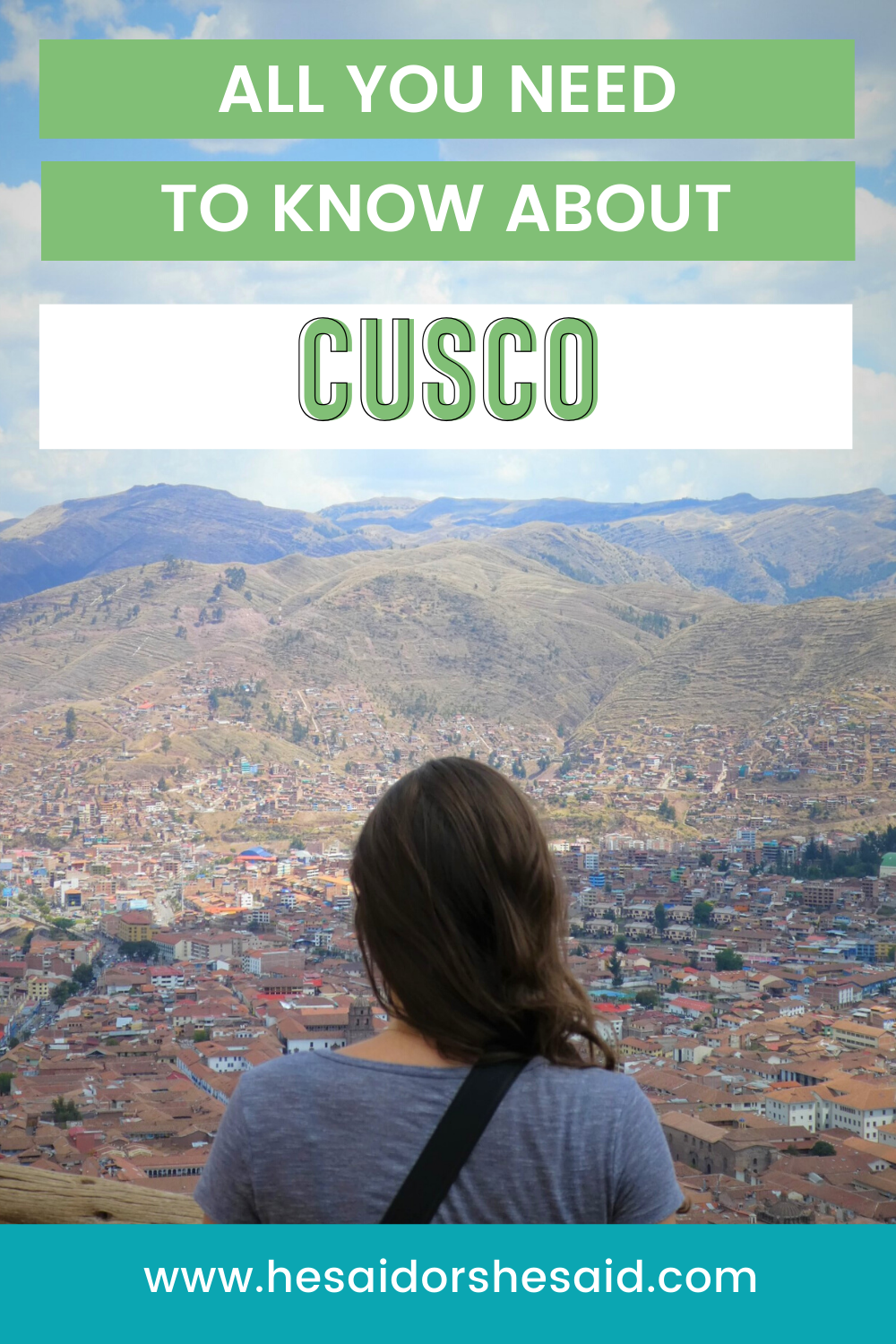
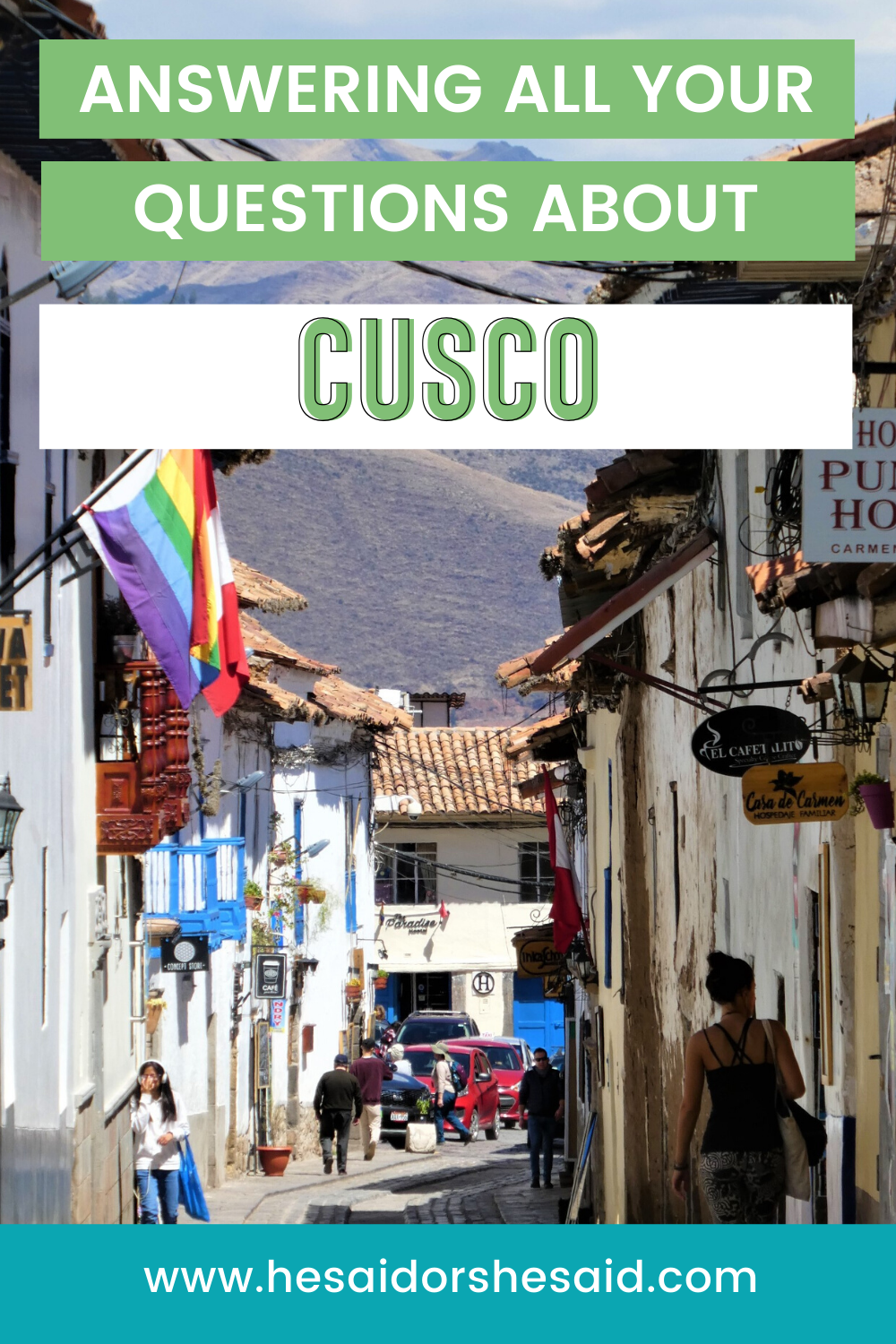
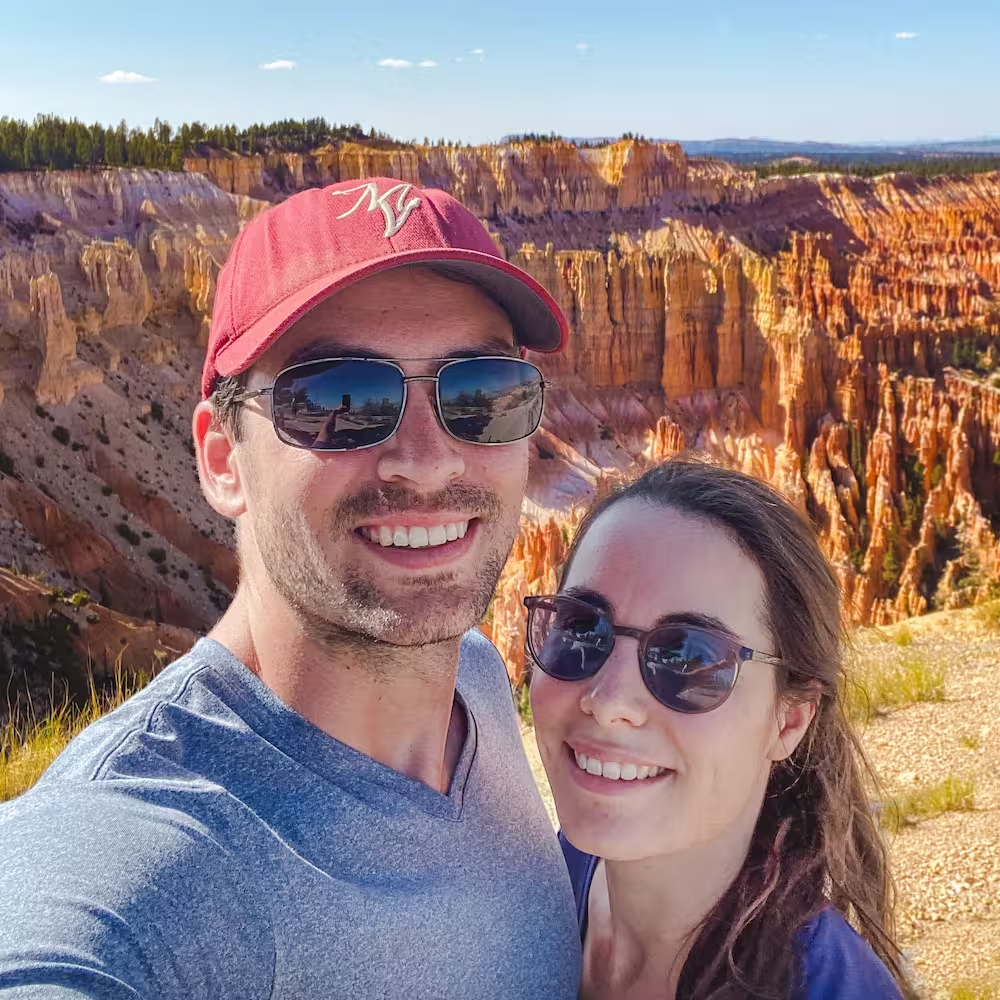
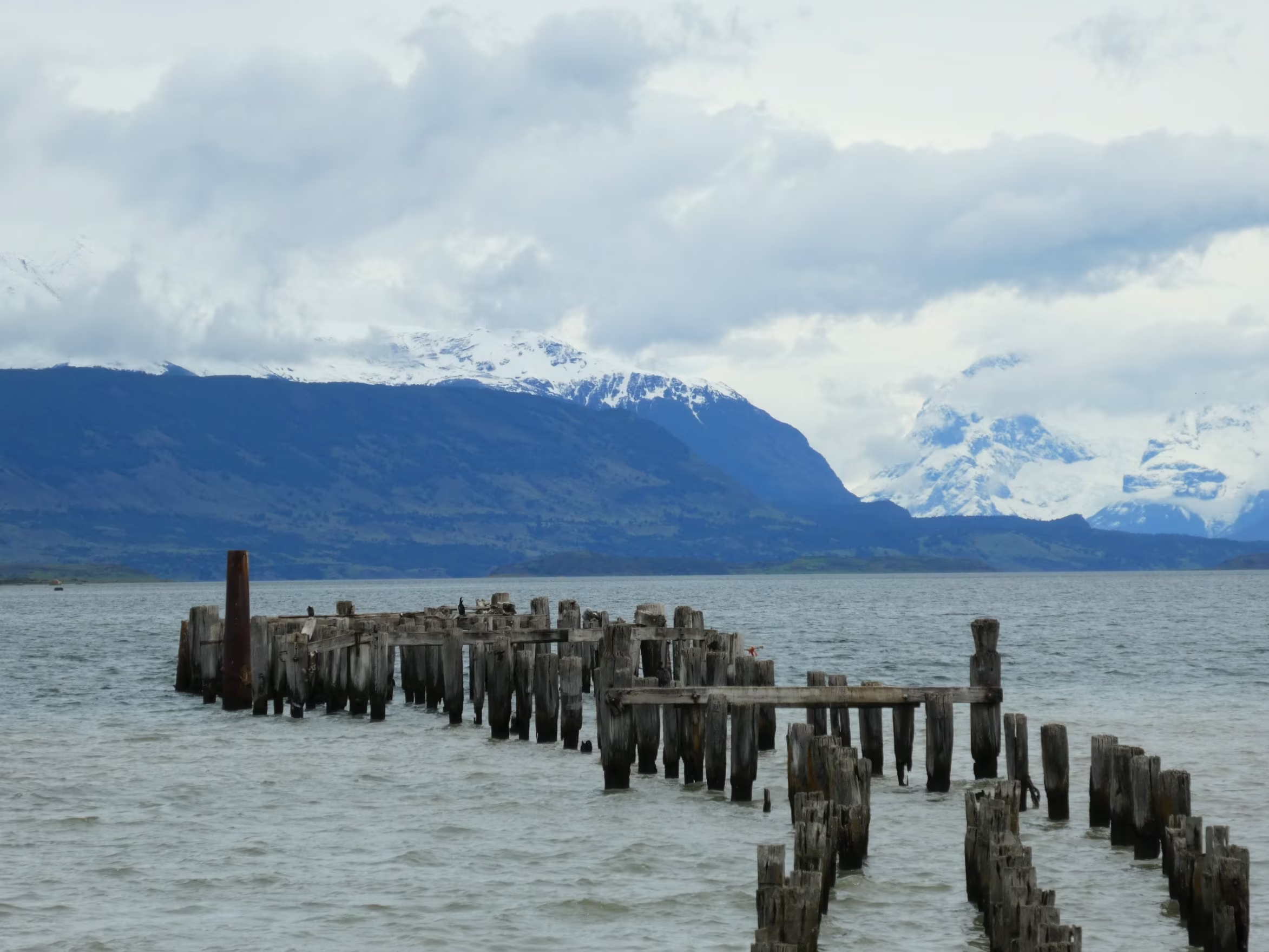
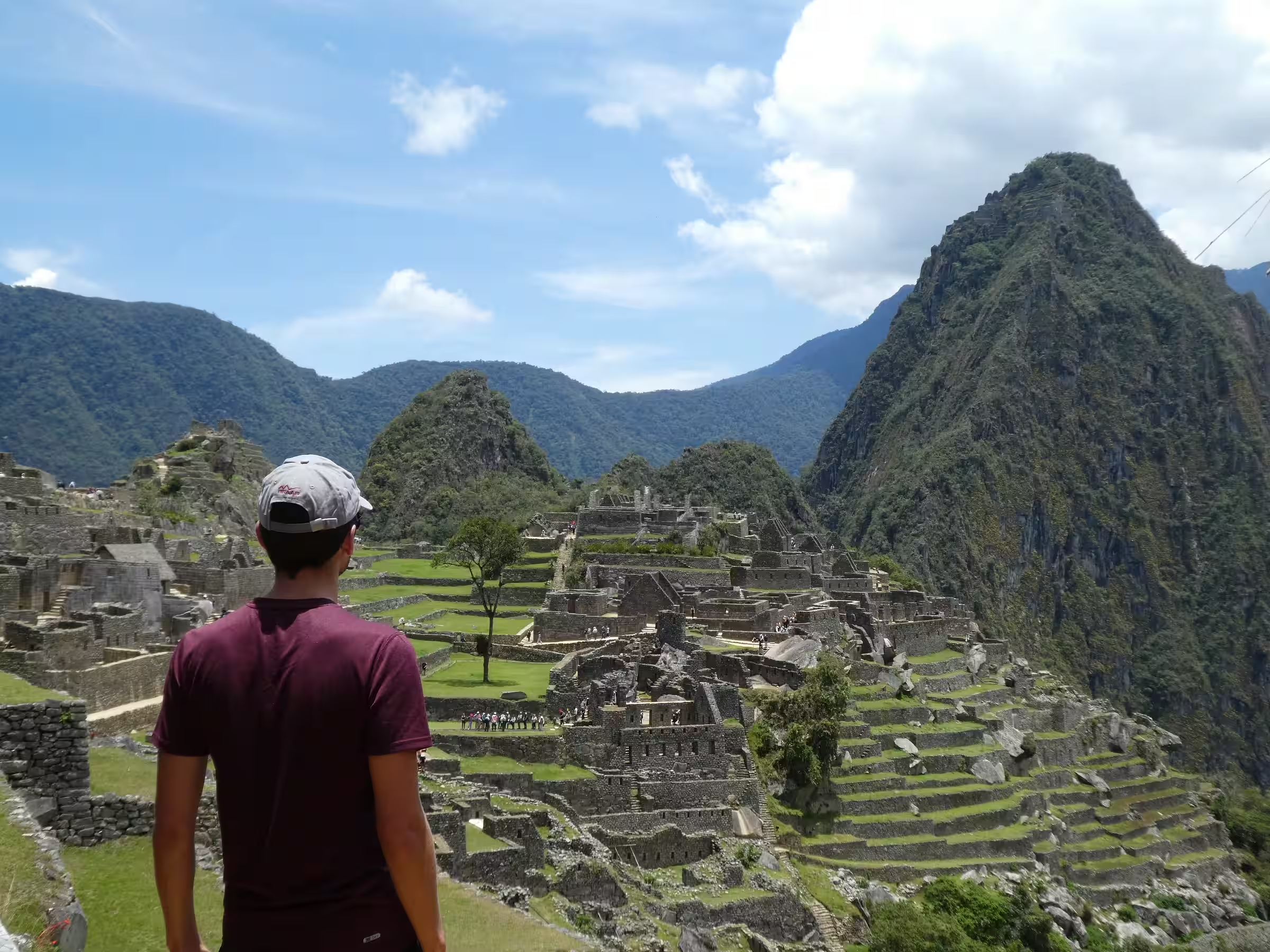
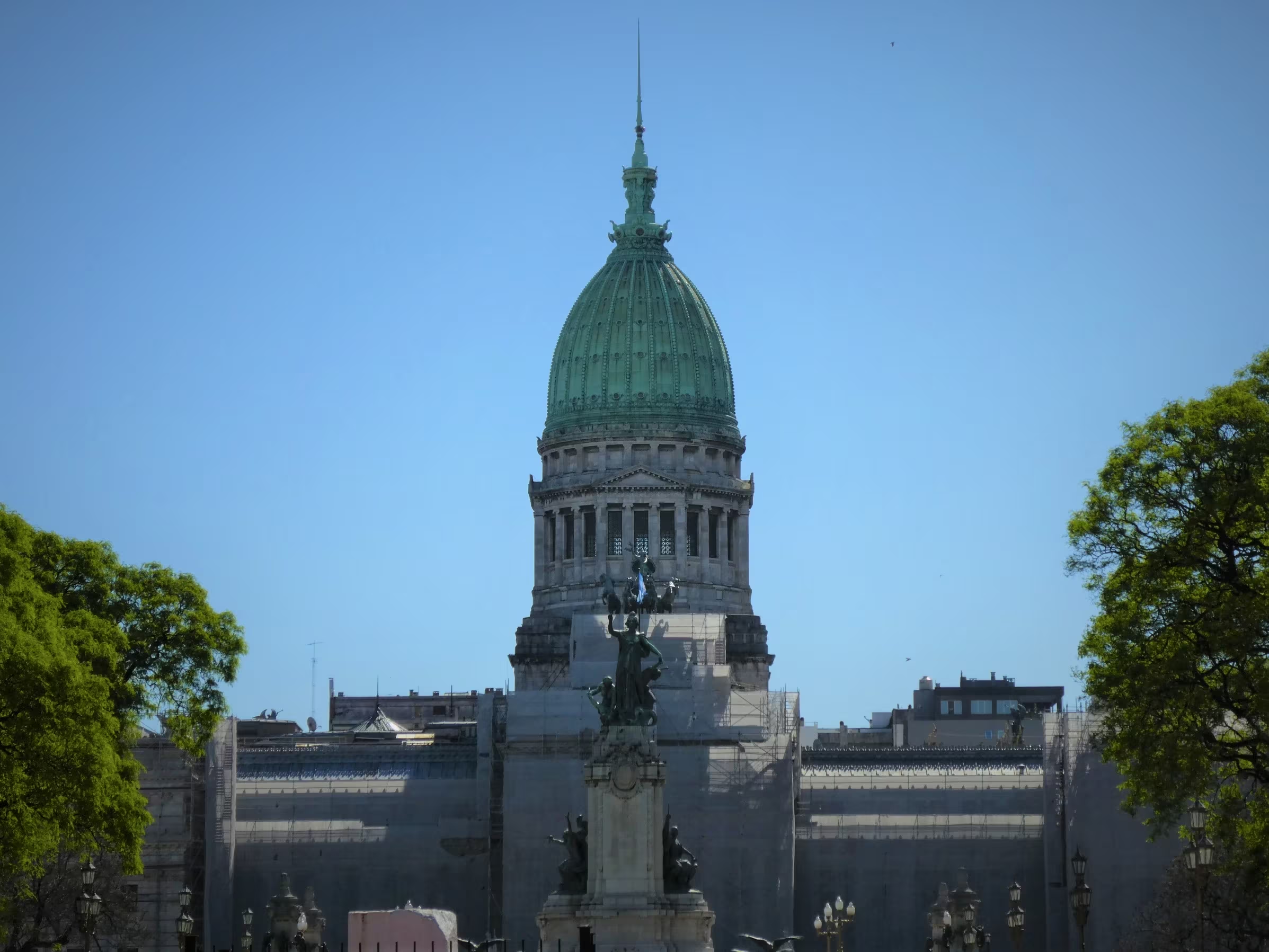
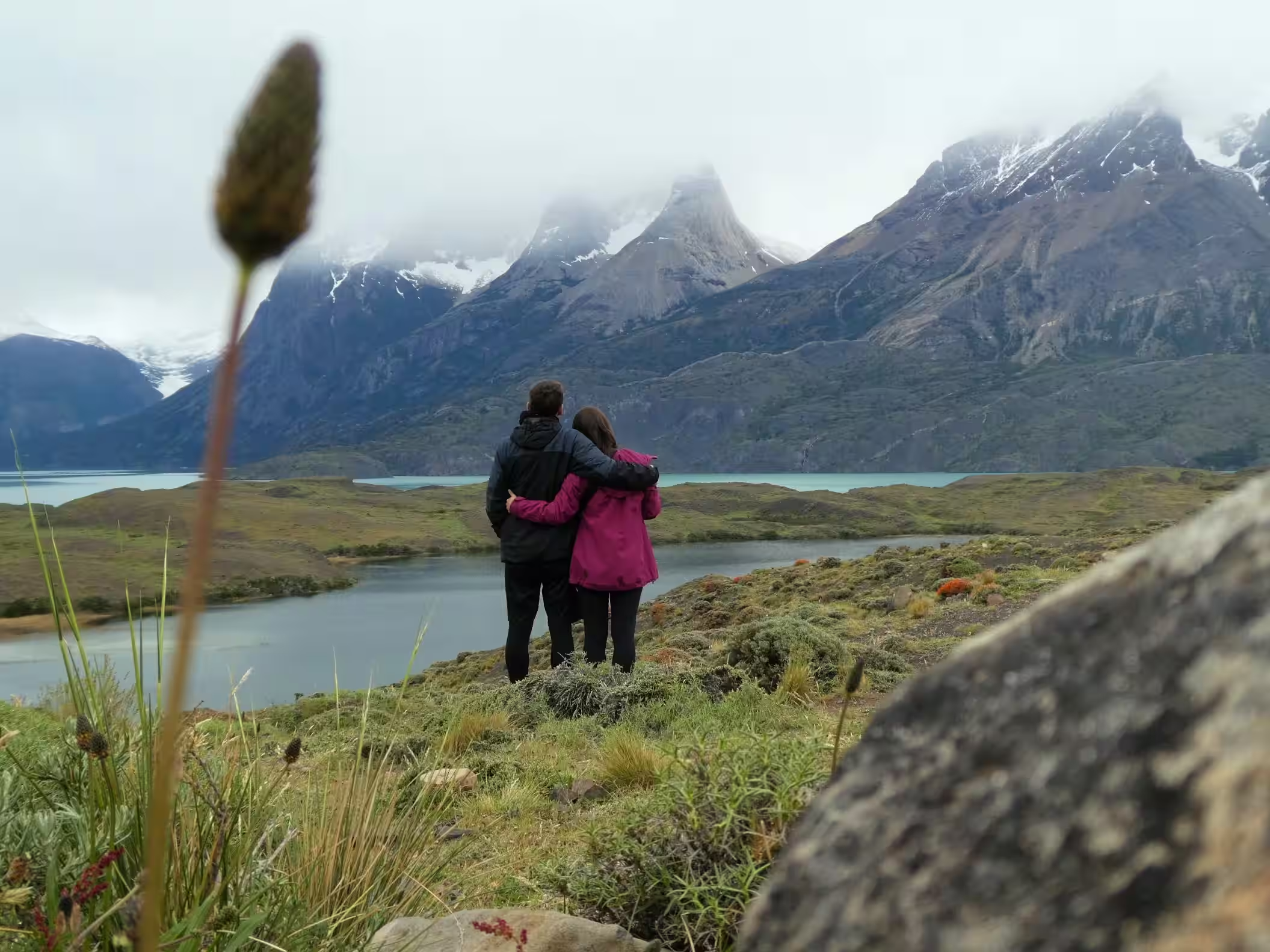
Great thorough guide! This touched on nearly all aspects of visiting Cusco that I experienced during my excursion to Machu Picchu. I can’t wait to go back!
Thanks Kyle! We really enjoy reading your guides on the viatravelers website as well!
Awesome post and info. This has been on me and my wife list for awhile, but I was always hesitant because of price and always seeing it crowded. Yet your pictures showed different. Loved it! So what time of year did you go and any other helpful tips? The farthest South Ive been is Costa Rica and I know Im missing out on so many great places farther down. Will use your info for when it’s time to plan.
Hey there! We’re so glad to hear you liked our post. 🙂 We were there during the last two weeks of October. I think most people tend to visit during summer in South America, but the weather in Cusco is pretty much the same, year round, so it doesn’t matter too much when you go. 🙂 If you’re planning on going to Machu Picchu, then check out this article to save a ton on transportation costs! How to get to Machu Picchu from Cusco for only $7.50.
This is a fantastic guide! I really appreciate the tips & advice, we are traveling to Peru in October (fingers crossed) and will definitely put this to good use!
Are you going to visit Machu Picchu as well? If you’re on a tight budget, we have some awesome tips for that trip as well 🙂 Peru is an amazing country and we can’t wait to go back and explore more. Where exactly are you going in Peru? We really hope it’s going to work out for you!
Great tips! I had to leave Peru early because of Covid so I missed Cusco.
Oh no! That’s really disappointing. 🙁 Covid also caused us to miss out on Cambodia, Thailand & Malaysia. Hopefully, this all gets cleared up soon so we can all get back out there and see the world!